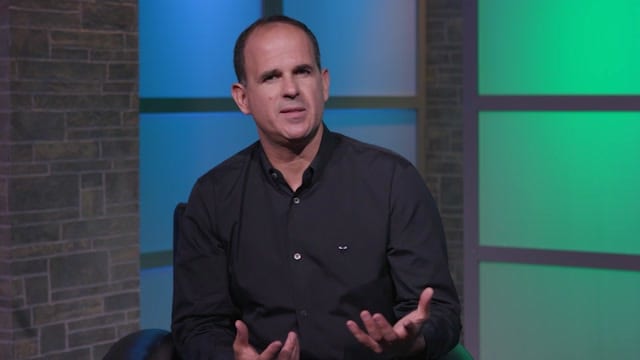
Business investor Marcus Lemonis identifies the most important way leaders can improve their operational processes.

Business investor Marcus Lemonis identifies the most important way leaders can improve their operational processes.

Your greatest contribution to the world may not be something you do, but someone you raise.
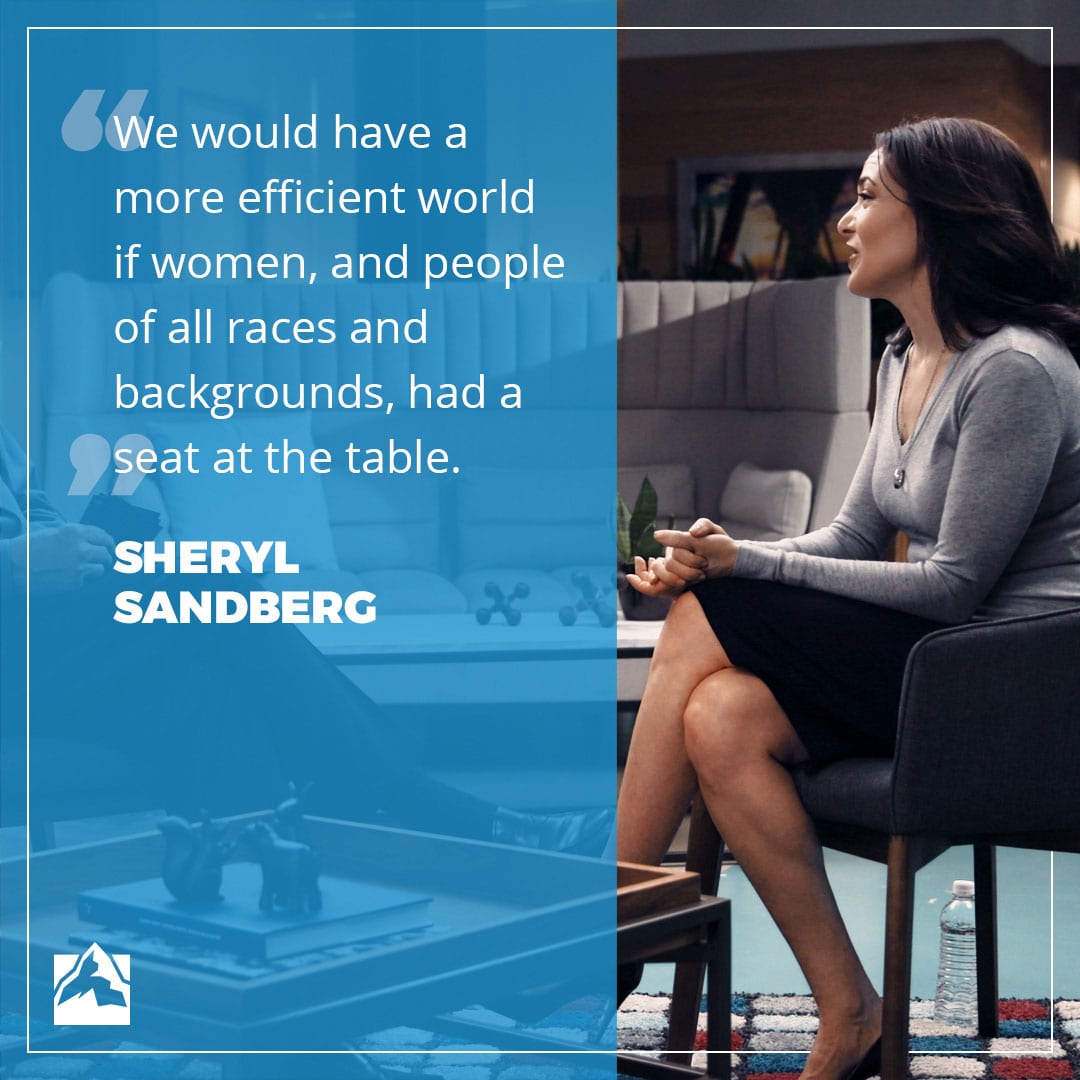
We would have a more efficient world if women, and people of all races and background, had a seat at the table.

The toughest test of a manager is not how they deal with poor performance—it’s how they address mediocrity.
I’ve been struck over the years watching executives opine in public about the need for “accountability” and “high performance,” then complain helplessly in private about one or two middling members on their own team. You have no moral authority to ask other managers to hold people accountable if you’re not doing so yourself.
Are you sure you’re doing enough to push for high performance? What do you do when someone’s work is good but not great? How many employees do you have whose performance isn’t bad enough for termination, but whom you’d pass on if you could get a do-over on hiring them?
Unfortunately, if you’re hoping for a silver bullet to address a mediocre performer, I have little to offer. Chronic mediocrity is a symptom of ineffective leadership, not anemic personnel.
But mediocrity is not destiny. In fact, I’ve even seen examples of government bureaucracies in tragically broken countries that dramatically turned around their performance in a matter of months. They do it through four leadership practices that lead to performance excellence. Each is a prerequisite for the next.
1. Show the consequences of mediocrity.
Your first job as a leader is to ensure everyone is clear about what they are doing and why they are doing it. Mediocrity is typically evidence of disconnection between someone’s work and the consequences of their mediocrity.
A telecommunications IT manager who managed 3,000 software engineers began setting new performance standards by having them manage customer calls for a full shift using the shoddy software they were creating. Those who had these experiences returned and shared stories with their colleagues about the misery they were authoring. In a matter of weeks, the sleepy team had a new alertness about their work—what they were doing and why it mattered. They were no longer about cranking out code; they were about giving reliable tools to the people they served.
Find ways to connect people with the experiences, feelings and impact of good and bad performance. Keep the human connection alive by telling stories that illustrate work well done—or not. And avoid impersonal/bureaucratic language when talking about performance. Frame your work in human terms every time you can.
2. Use concrete measures as influence.
Mediocrity often hides behind a fig leaf of absent, fuzzy or excessive measures. In contrast, meaningful measures make poor performance painfully apparent.
Ellen Johnson-Sirleaf, the president of Liberia, dramatically boosted the efficacy of her massive government bureaucracy when she published meaningful, measurable goals because now there was a context within which to hold public servants accountable. At the beginning of her most recent term, she and her cabinet committed publicly to, among other things:
The goals connected clearly and meaningfully to the work her leaders were doing and why they were doing it. But had she stopped at creating warm and fuzzy shared aspirations and neglected to translate it to a minimum number of meaningfully measurable goals, her influence would have been limited.
3. Establish peer accountability.
Mediocrity is also often a sign of strong supervision. That may sound counterintuitive, so stay with me here. My colleagues and I have found that:
On the weakest teams, there is no accountability.
On mediocre teams, bosses are the source of accountability.
On high performing teams, peers manage the vast majority of performance problems with one another.
On top performing teams, peers immediately and respectfully confront one another when problems arise.
There is no way for even the strongest supervisor to see and address every performance gap. And the harder you try to do it, the more you’ll enable mediocrity.
Once you’ve helped the team connect deeply with what they do and why, and established meaningful measures, you need to build a culture of peer accountability—where everyone can challenge anyone if it is in the best interest of serving the shared mission. Regular weekly reviews can give opportunities for mutual feedback and establish peer-accountability as a norm.
4. Speak up.
High performance is a norm that needs to be defended regularly and vigilantly. There will inevitably be times when you will be asked to make personal sacrifices to defend that norm. What you do in these moments is a sign to the team of your commitment to high performance—and, therefore, your worthiness to demand it of them. Here are three common moments:
When you ask a group to step up to high performance, you are inviting them to a place of stress—one where they must stretch, where failure is possible, where interpersonal conflicts must be addressed. Rather than step into this uncomfortable place, some will watch for hypocrisy in you in order to excuse their retreat to safety. How you handle these crucial moments will either amplify or eliminate your influence.
Individual performance problems are far easier to address if you’ve done the work of establishing a norm of excellence.
These four simple but important practices can rapidly and profoundly shift a group’s expectations in a way that leads both to better results and a substantially more rewarding work experience for everyone.
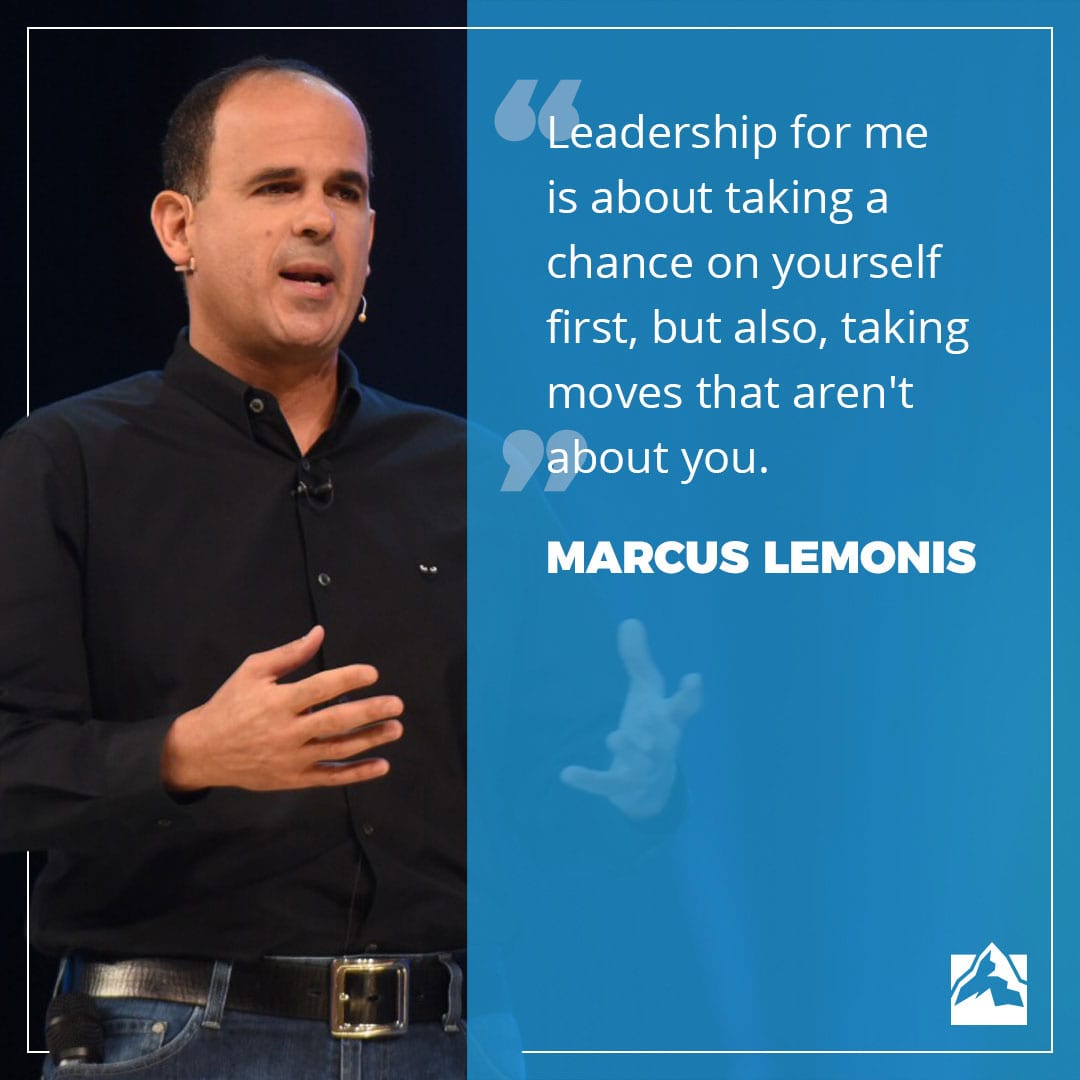
Leadership for me is about taking a chance on yourself first, but also, taking moves that aren’t about you.
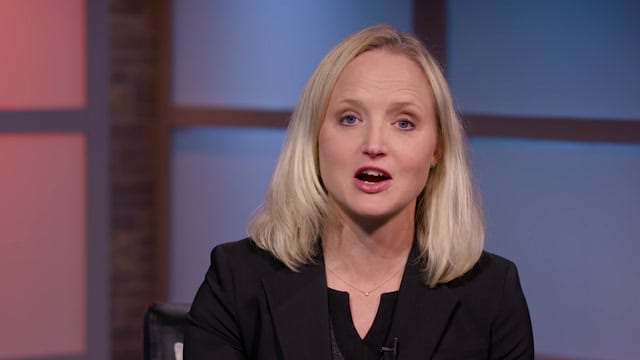
When you notice undesirable characteristics creeping into your culture, Jenni Catron describes some strategies to move forward.

 Until this year, The Gambia spent 22 years under an oppressive dictatorship. The country was in bondage with no sign of apparent hope for release.
Until this year, The Gambia spent 22 years under an oppressive dictatorship. The country was in bondage with no sign of apparent hope for release.
Pastor Seal Sylvester, Vice Chairperson of The Gambia Pastor’s Alliance, Senior Pastor of an interdenominational church, and director for Youth for Christ in The Gambia, describes the state of his country during those 22 years, “There was no freedom of expression, no freedom for the press. People were disappearing without a trace. Many ran out of the country seeking asylum in others nations. Businesses were closing down due to the poor economy. (The majority of the country lives on less than $1.25 a day.) There were unlawful arrests and killings. At some point the former regime declared the country an Islamic state, leaving Christians in fear.”
But something happened in November of 2016.
Pastor Seal, who had been attending the GLS for the past four years, was inspired by Chris McChesney’s 2016 talk on the Four Disciplines of Execution. It ignited a spark of hope. He dreamed of a better day for The Gambia, released from oppressive rule.
With these leadership lessons in his mind, he and other key leaders rallied together to organize the body of Christ in The Gambia to pray in the national stadium. “I was given the task of mobilizing the Pentecostal, evangelical and charismatic movements,” says pastor Seal. “I brought church leaders to the event, raised funds and helped lead prayer at the stadium for our day of prayer in November 2016. I also organized prayer vigils over two weeks before the elections, and encouraged the young people to vote and make their voice heard.”
 During the event, Bishop Faal Heim said the president’s role should include looking after everybody in The Gambia, including Christians, Muslims and non-believers. “We should not be afraid to live in this country since we are all citizens of our motherland. For peace to reign in this country, the president should love all of us as we are all Gambians. God is the one who plants us all in this land, therefore we are all equal to live in harmony with one another; I pray to God that he sows his wisdom and blessings upon all of us.”
During the event, Bishop Faal Heim said the president’s role should include looking after everybody in The Gambia, including Christians, Muslims and non-believers. “We should not be afraid to live in this country since we are all citizens of our motherland. For peace to reign in this country, the president should love all of us as we are all Gambians. God is the one who plants us all in this land, therefore we are all equal to live in harmony with one another; I pray to God that he sows his wisdom and blessings upon all of us.”
Elections came. People voted, and a new president was elected.
“Now Christians can freely worship,” says pastor Seal. “People are also free to express themselves openly in public. The media can freely write and broadcast without fear of unlawful arrests. I even built a church in a particular area in the country that had been demolished.”
With this new freedom to worship, Pastor Seal is even more motivated to raise up leaders of integrity, who will turn the country around. “I want to raise leaders,” says Seal. “Because poor leadership is the problem in my country and in Africa.”
“Remembering John Maxwell’s wise words from the 2016 GLS about adding value to people, I have lots of ideas and projects already in the works:
“The local church is the hope of the world!”
“This lesson, and many others I’ve learned at the GLS help me not to relent, but to keep dreaming big. The GLS helps me to realize the need for godly leadership in our world and empowers me to continue equipping leaders.
“The story about the little engine that could resonates for me. I am convinced that I can make a huge difference in the country and the world at large as Christ strengthens me.
“The GLS is empowering lives and bettering institutions. It is important for the GLS to continue in The Gambia so that we can see the transformation we yearn for!”
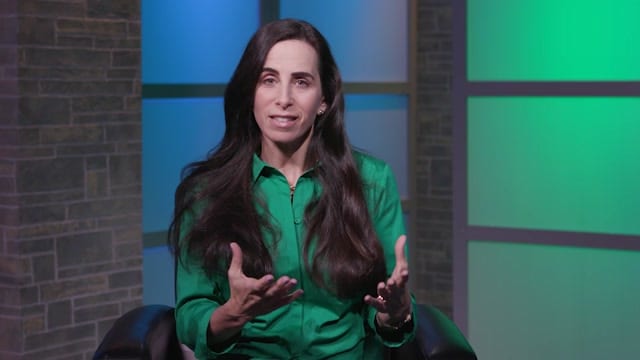
Juliet Funt describes the mindset she adopts to approach work/life balance.
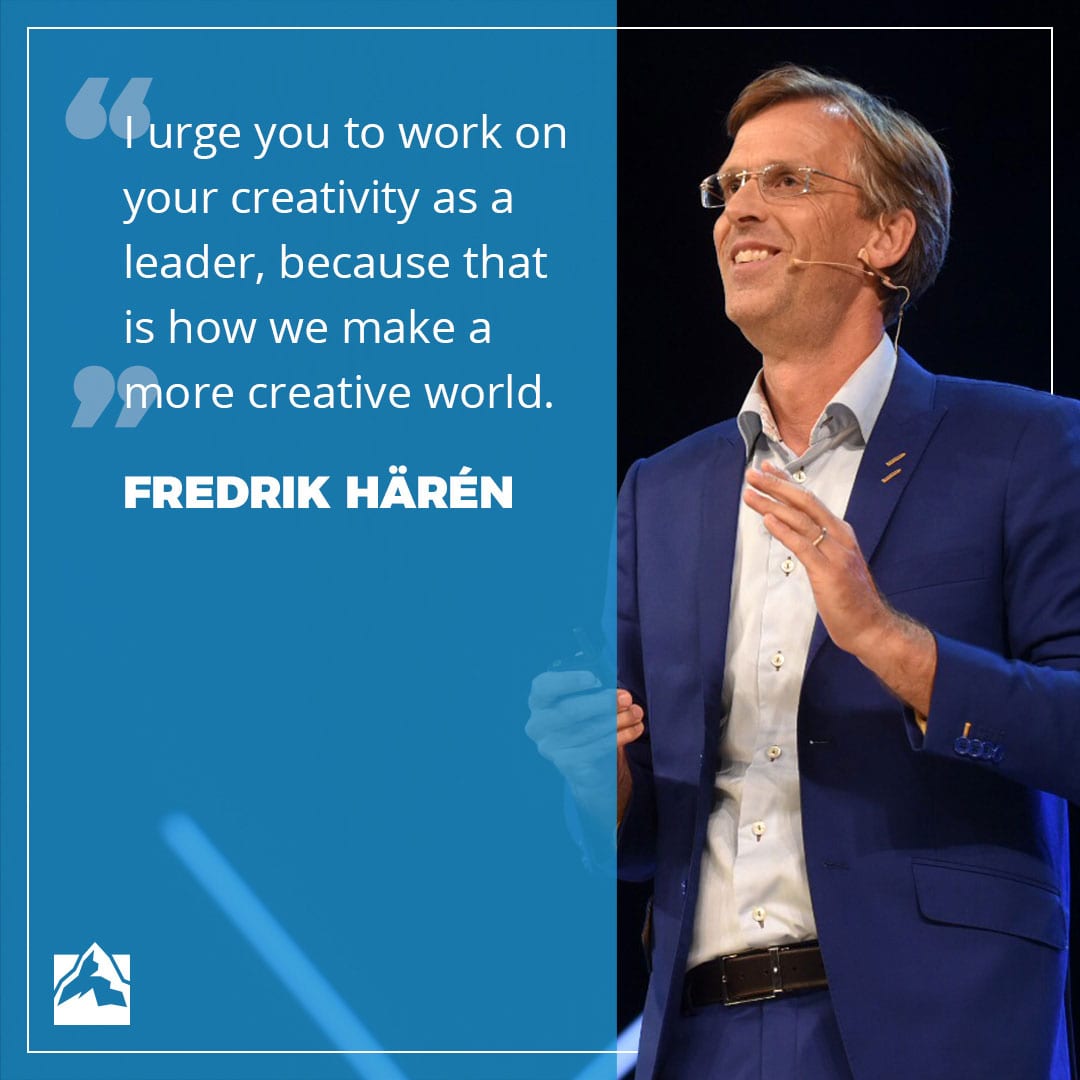
I urge you to work on your creativity as a leader, because that is how we make a creative world.

Hope: A feeling of expectation and desire for a certain thing to happen.
At the 2017 Global Leadership Summit, Pastor Sam Adeyemi shared about the power of a compelling vision. Adeyemi defines a vision as, “The ability to see people, places and things not as they are, but as they could be.”
The individuals who work in our organizations are not looking for a vision statement that will simply be framed and hung on office walls or printed in HR manuals. They are searching for a picture of the future that will be better than their current reality. They are hungry for a purpose that will lead them to live for something more.
They are searching for hope.
Hope is the natural by-product of a compelling vision of the future.
The desire to bring hope to people is a core desire of every visionary leader.
A vision is not a prediction or a guess or an idea. Vision is a clear picture of what the future could be. Vision produces belief that the world truly can be better.
Simply put, vision is…hope.
And if this is the case, then vision is not simply a good idea. Rather, vision is the greatest gift you can give to the people you lead.
There are three ways visionary leaders can provide hope to the individuals they lead.
1) Hope for the Organization
Cast a vision of what could be in the world and how your organization can contribute. Every individual you lead desires to be a part of something greater than themselves. They want to know their contributions to the organization are actually working to create positive change in the world.
As you spread hope to the people you lead, be sure to cast a vision for how your organization is contributing to the betterment of society and culture. Whether you lead a non-profit, a business, a church or a corporate team, find a way to compel your team with a cause grander than financial gain, a large organization or a successful marketing campaign.
2) Hope for the Individual
Cast a vision of whom the individual could become and how you, their leader, can help them get there. Your role as a leader must always be centered around the individuals whom you lead. If you are too busy fulfilling tasks to spend time with individuals, you are not a leader. You are a task manager.
Spend time investing in the hope of the individuals you lead by cultivating a vision for their own personal development. Use specific words and precise vision. Hope starts in our own souls.
3) Hope for the Individual’s Role in the Organization
Remind this individual why they are essential to the vision of the organization.
This is where you take the two visions you previously created and combine them.
People are not just a name on the payroll filling a role. Rather, they are a unique combination of skills, talents and abilities uniquely contributing to the furthering of your organization’s vision.
Ask them, “Do you feel you are fully utilizing your strengths in your role in this organization?” Prepare to hear honest answers and then take the necessary steps to empower your staff to lead out of their strengths.
Hope is produced when vision is prioritized.
Commit to casting a vision so compelling, the individuals you lead can’t help but be filled with expectation, desire and…hope.
“We welcome and encourage comments on this site. There may be some instances where comments will need to be edited or removed, such as:
If you have any questions on the commenting policy, please let us know at heretoserve@globalleadership.org”
Recent Comments